Art
Retyping as art
Performance artist Tim Youd retypes famous novels word for word on old typewriters. The only change he makes is that he leaves out all the spaces between the words, producing page after page of unbroken text. He does this as performance art events at museums, art galleries, coffee shops, etc.I figured that since typing was his thing, he'd probably be a pretty good typist. But as can be seen in the video, he turns out to be a two-finger, hunt-and-peck typist. Although a relatively fast one.
More in extended >>
Posted By: Alex - Tue May 01, 2018 -
Comments (3)
Category: Art, Performance Art
Artwork Khrushchev Probably Would Not Have Liked 12
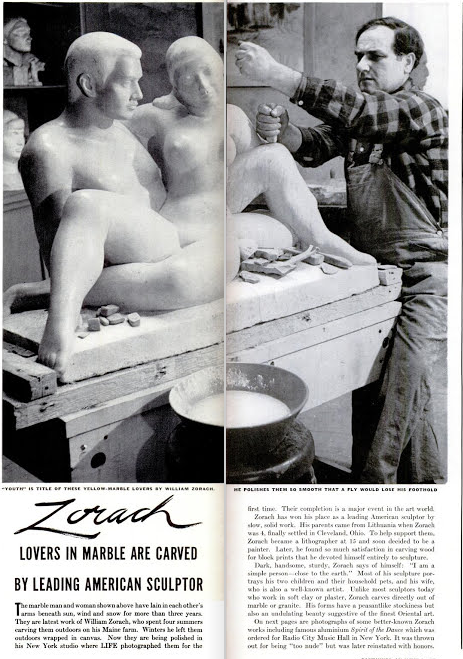
Original article here.
Posted By: Paul - Wed Apr 25, 2018 -
Comments (2)
Category: Art, Statues and Monuments, Sexuality, 1940s, Russia
Being a sheep
Artist Miranda Whall spent much of last summer crawling around on her hands and knees through the Cambrian Mountains in Wales, while dressed as a sheep, with 14 cameras strapped to her body.She did this in order to immerse herself in the mountains and be able to better tell their story for the documentary she was creating. She said, "I wanted to challenge the assumptions and misconceptions about sheep and the Welsh uplands, both of which are central to Wales' heritage and identity."
For her next project, she's thinking of crawling through Scotland as a deer, and then it's off to the Pyrenees to crawl around as a boar or bear.
More info: BBC News
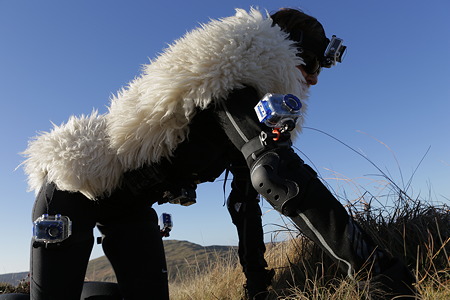
image source: mirandawhall.space
Posted By: Alex - Tue Apr 24, 2018 -
Comments (7)
Category: Animals, Art
Mystery Illustration
2018 NOTE: The very first in this series.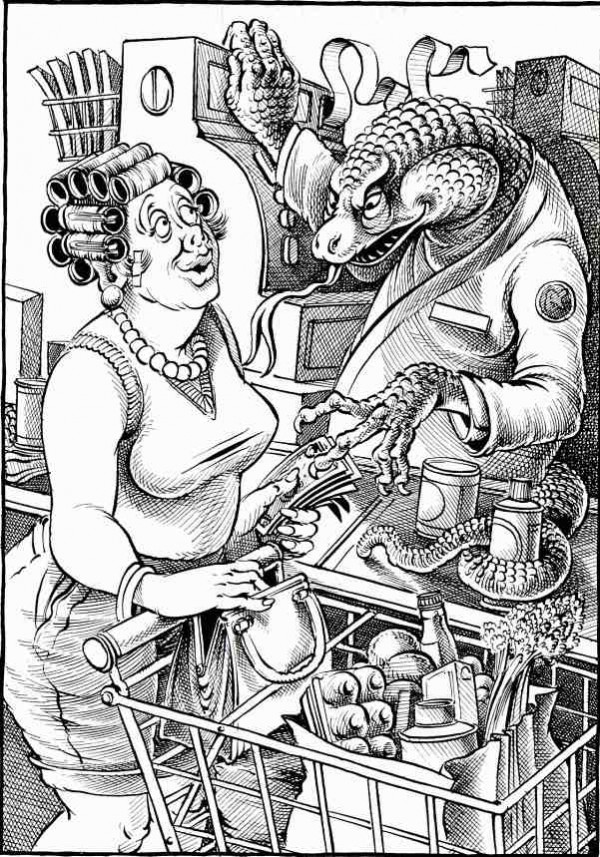
What does this great illustration by Jan Faust depict?
1) Young lads who prey on MILFs
2) Embezzlement by cash register clerks
3) Lyndon LaRouche's theory of Space Lizards among us
4) An incident from the next Spider-Man film
5) The dangers inherent in our food supply
Find the answer here.
Posted By: Paul - Wed Mar 28, 2018 -
Comments (7)
Category: Anthropomorphism, Art, Women
Khrushchev vs. Lachaise
2018 NOTE: Here is the basis for the ongoing series whose latest entry is today.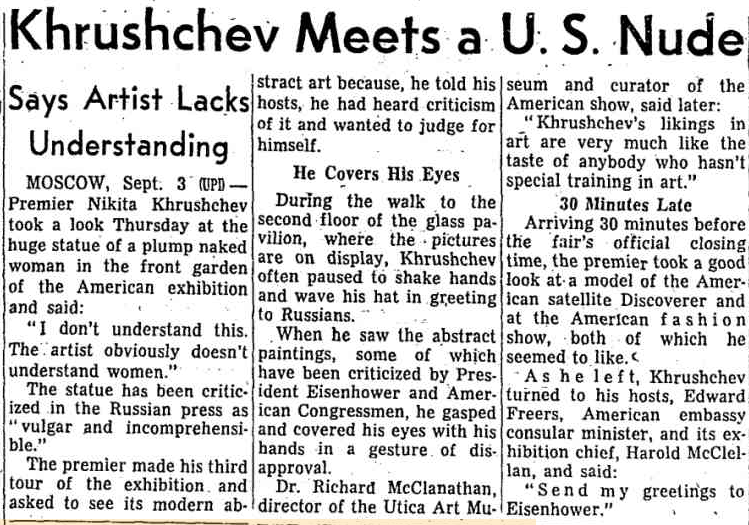
Original article behind CHICAGO TRIBUNE paywall.
Upon reading this article, I immediately wondered what statue was at the center of the controversy. Finding out took a little google-fu. Eventually, I hit upon the complete catalogue of works shown, in PDF form. Below is the relevant section.
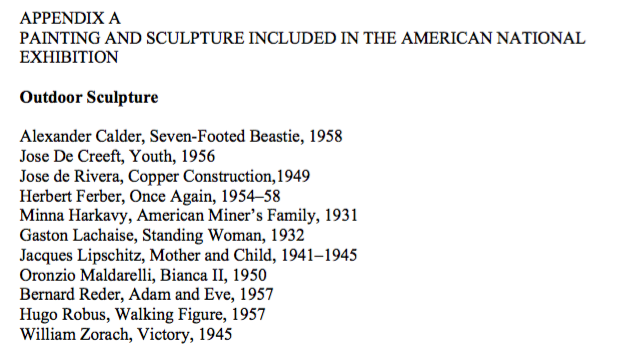
I did not even bother to google any of the other statues after seeing Gaston Lachaise's "Standing Woman."
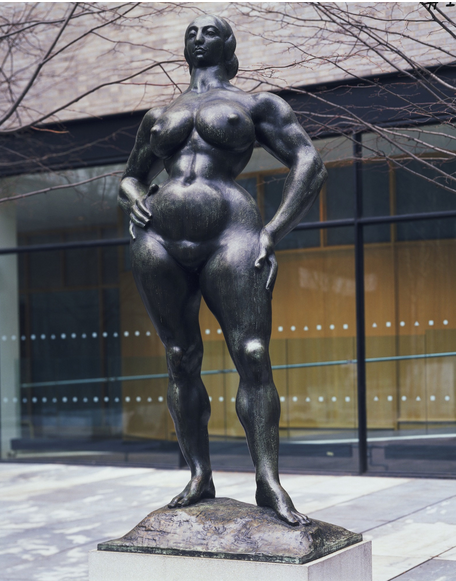
Posted By: Paul - Mon Mar 12, 2018 -
Comments (8)
Category: Art, Criticism and Reviews, 1950s, Russia, Obesity
Artwork Khrushchev Probably Would Not Have Liked 11
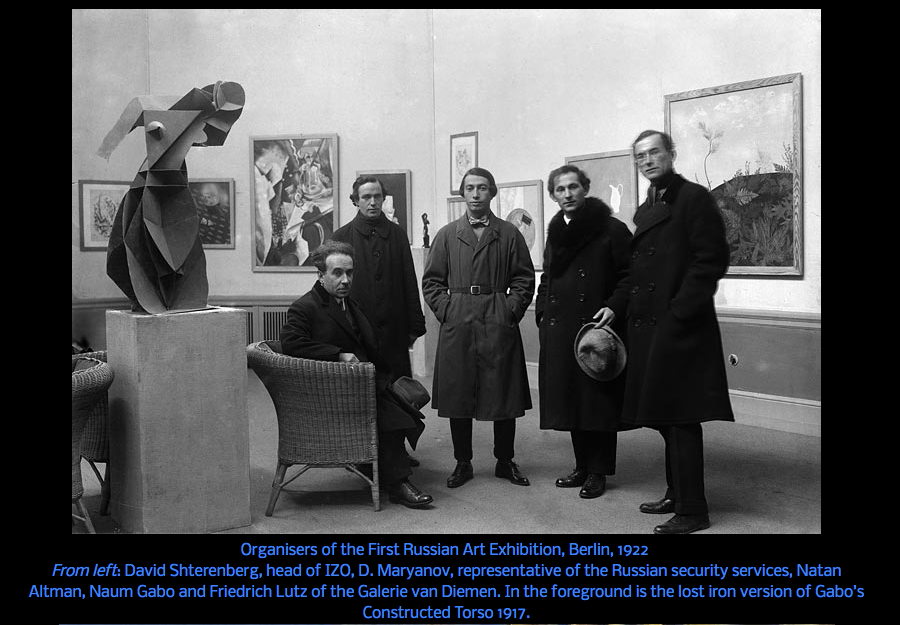
Not only do we see "Constructed Torso," but also its creator, Naum Gabo, along with some of his fellow bohemians.
Posted By: Paul - Mon Mar 12, 2018 -
Comments (2)
Category: Art, Avant Garde, Russia
Policy by slime mold
Artist Jonathon Keats has checked in with news about his latest project. He's helped arrange for some plasmodial slime molds to become the "first non-human scholars-in-residence" at Hampshire College. The slime molds are being put to work analyzing various complex issues, such as immigration and drug policy, so that we can all benefit from "the unbiased insights of slime molds."The slime molds have already recommended that cannabis should be legalized:
More info: The Plasmodium Consortium, Hampshire.edu

Posted By: Alex - Wed Mar 07, 2018 -
Comments (4)
Category: Art, Universities, Colleges, Private Schools and Academia
Mystery Illustration 69
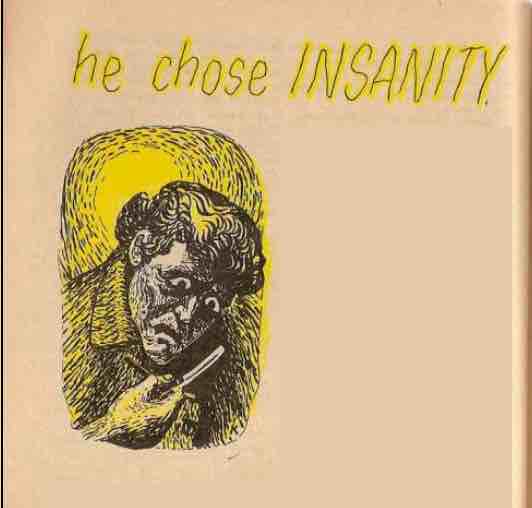
This illustration allegedly depicts a world-famous artist and his path of mad creativity. Who can it be?
The answer is here (page 13).
And after the jump.
More in extended >>
Posted By: Paul - Wed Mar 07, 2018 -
Comments (5)
Category: Art, Mental Health and Insanity
Missing Cat Poster or Art?
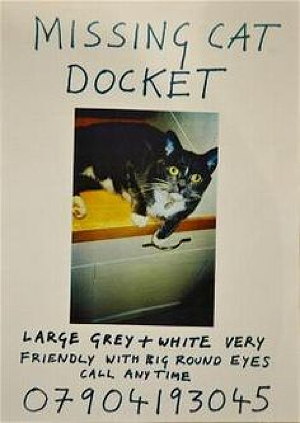
In 2002, artist Tracey Emin's cat, Docket, went missing. So she put up 'missing cat' posters around her neighborhood. But since she was a famous artist, people immediately began taking the posters down and selling them. Reportedly, they fetched prices as high as £500 each.
This prompted a spokeswoman from Emin's gallery to issue a statement: "Tracey does deal with memorabilia, but the posters are not works of art, it's simply a notice of her missing cat to alert neighbours."
Artist Tamarin Norwood, on her blog, offers these thoughts on the sociology of what was going on with the pilfered Missing Cat posters:
Incidentally, Docket was eventually found.
More info: BBC News (Mar 28, 2002)
Posted By: Alex - Thu Feb 22, 2018 -
Comments (4)
Category: Art, Cats, 2000s
Artwork Khrushchev Probably Would Not Have Liked 10
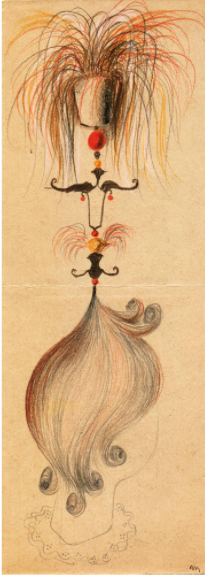
I think it's unfair that we have not yet allowed a female artist to rile up Khrushchev. So here is Hedda Sterne with "Cadavre exquis 259," 1930-1932.
Posted By: Paul - Mon Feb 12, 2018 -
Comments (2)
Category: Art, Avant Garde, 1930s, Women, North America, Russia

| Who We Are |
|---|
| Alex Boese Alex is the creator and curator of the Museum of Hoaxes. He's also the author of various weird, non-fiction, science-themed books such as Elephants on Acid and Psychedelic Apes. Paul Di Filippo Paul has been paid to put weird ideas into fictional form for over thirty years, in his career as a noted science fiction writer. He has recently begun blogging on many curious topics with three fellow writers at The Inferior 4+1. Contact Us |




